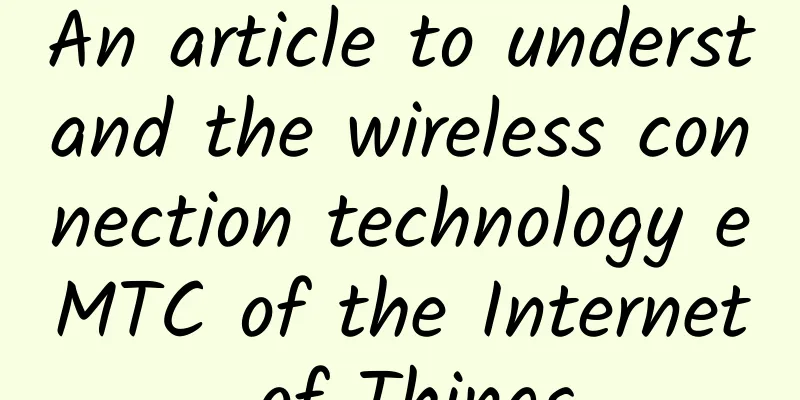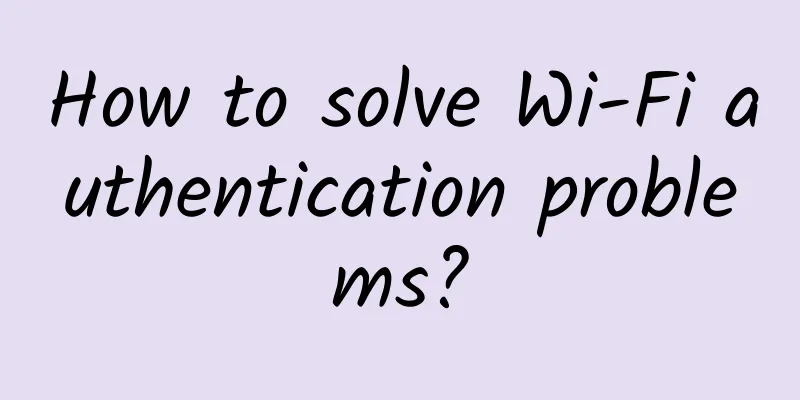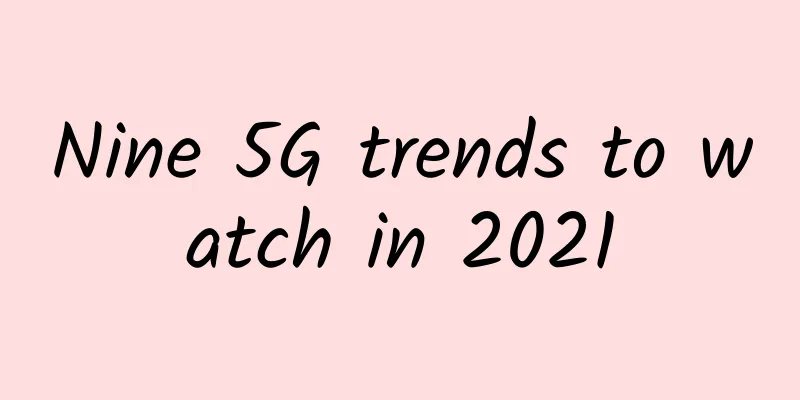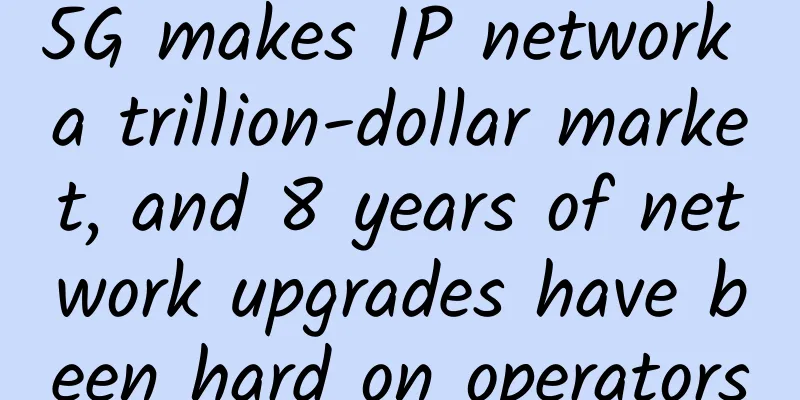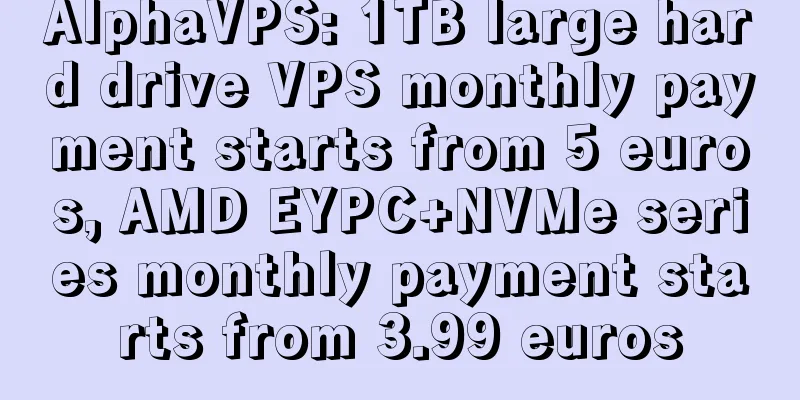Can 5G address workplace safety issues?
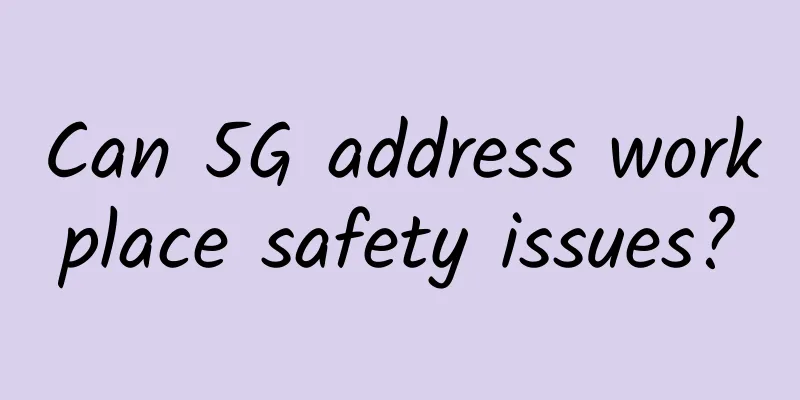
|
As 5G networks roll out around the world, their potential to accelerate adoption in the workplace is sure to attract more attention. But are concerns about 5G security real, especially in the early stages of 5G implementation across the enterprise? As one of the most revolutionary technologies in the digital age, 5G technology has shown great potential. As suppliers begin to deploy 5G networks around the world, the global 5G infrastructure market is expected to exceed US$42 billion by 2025. From ultra-high-definition streaming to enhanced sensor detection for utility companies, 5G could have a huge impact in entertainment, energy, communications, manufacturing, and more. While 5G’s true transformative potential is uncertain—the most creative and innovative applications will emerge once cellular technology becomes entrenched—the combination of ultra-high network speeds and ultra-mobility could fundamentally change the way we work. Paul Martini, cloud security expert and CEO of iboss, told TechHQ: “The incredible increase in bandwidth enabled by 5G technology will have a huge impact on all things cloud-related, allowing users and devices to use virtually any cloud application from any location.” However, the rise of 5G will also “upend the traditional scope of the office.” “Before 5G and the cloud, the office was the building where users worked. Now, with 5G, the office perimeter will become the users and devices themselves.” Martini told us that while this can provide more freedom and flexibility in how businesses and workers operate, the increase in mobility can also bring unique challenges to organizations. In the 5G era, users are no longer limited to Wi-Fi networks. The decentralization of the network requires administrators to reevaluate the way users access organizational files and perform business work. "To use an analogy, some organizations used to build castles and moats around their buildings with security equipment," Martini said. "The problem is that people don't work in castles anymore." Martini believes the rise of 5G will ultimately mark the end of the network perimeter — which will have implications for how businesses must structure themselves to defend against security threats. Today’s employees have access to more information than ever before, which means traditional cybersecurity measures are no longer effective. The increased bandwidth provided by 5G, and wider access to ultra-high-speed connections, could provide attackers with a larger surface area and the ability to carry out attacks more effectively – so users and devices outside the office will be more vulnerable than ever before. According to UK cybersecurity group Information Risk Management, 83% of cybersecurity leaders across industries claim to be "troubled" by the increased risks posed by 5G connectivity. Organisations must then consider security challenges in a more holistic way, as Martini says the concept of "building a moat around the castle" is not an adequate model - instead, 5G connectivity will require businesses to double down on protecting users and devices outside the office perimeter. “That’s why it’s critical to shift the design paradigm from security strategies designed for fixed buildings, such as cybersecurity appliances, to cybersecurity strategies that work in the cloud, wherever users go,” Martini said. At the end of 2019, EU member states released a joint risk assessment report on 5G technology, advocating a new approach to address the multi-dimensional security challenges of the new generation of networks. 5G strategists and industry insiders suggest developing end-to-end security in the network to address the security concerns mentioned. Take network slicing as an example, each "service category" will have its own different network requirements. By doing so, the "service category" will have its own virtual network slice, specifying data transmission through high bandwidth and ultra-low latency without affecting other services. As we move toward a 5G-connected business future, the most forward-thinking businesses can expect unfettered adoption. However, every investment in 5G’s potential must be matched by an investment in equally sophisticated and comprehensive security. |
>>: 129 apps were notified for illegally collecting and using personal information
Recommend
What is the difference between a wireless router and an optical modem? This article tells you
When we deploy a WiFi network at home, there are ...
Hand-write a Nodejs program that imitates WeChat login
[[357291]] Preface First, let’s take a look at a ...
The development of 4G proves that there is no need to wait for 5G to mature before commercial deployment
It is too early for China Mobile to advance its 5...
Deeply cultivating integrated streaming media solutions, Yunfan Acceleration CDN obtains license from the Ministry of Industry and Information Technology
On September 6, the Ministry of Industry and Info...
Yecao Cloud: Hong Kong VPS annual payment starts from 139 yuan, Hong Kong dedicated server starts from 199 yuan/month
Yecaoyun is a Chinese hosting company founded in ...
Talking about HTTP connection related knowledge
[[374909]] This article will first introduce the ...
RackNerd: $14.89/year KVM-1GB/20GB/3TB/Los Angeles MC Data Center
RackNerd is a foreign VPS hosting company founded...
Five ministries and commissions issued the "Guidelines for the Construction of the National New Generation Artificial Intelligence Standard System"
Recently, the National Standardization Administra...
Hubo Technology uses technology to empower content innovation and create touching content products
Recently, Chen Ye, founder and CEO of Hubo Techno...
[Black Friday] Tudcloud: Hong Kong VPS annual payment up to 40% off, recharge 30%
Tudcloud offers a big discount on annual payment ...
QuantumCore: Australian VPS 1 AUD per month for the first three months, 1G memory/30G NVMe hard drive/1TB monthly traffic
The tribe once shared information about QuantumCo...
The four major equipment manufacturers compete for 5G. Who will have the last laugh?
In 2019, the dispute over 5G never stopped. Wheth...
5G speed is already incredible, is 6G network coming?
Now 4G network signals have been popularized all ...
Google acquires the developer of Job Simulator and plans to develop VR content
Today, Google announced that it has acquired Owlc...
The future of high-speed connectivity: Embedded non-volatile memory in 5G networks
In the fast-paced world of technology, the demand...

